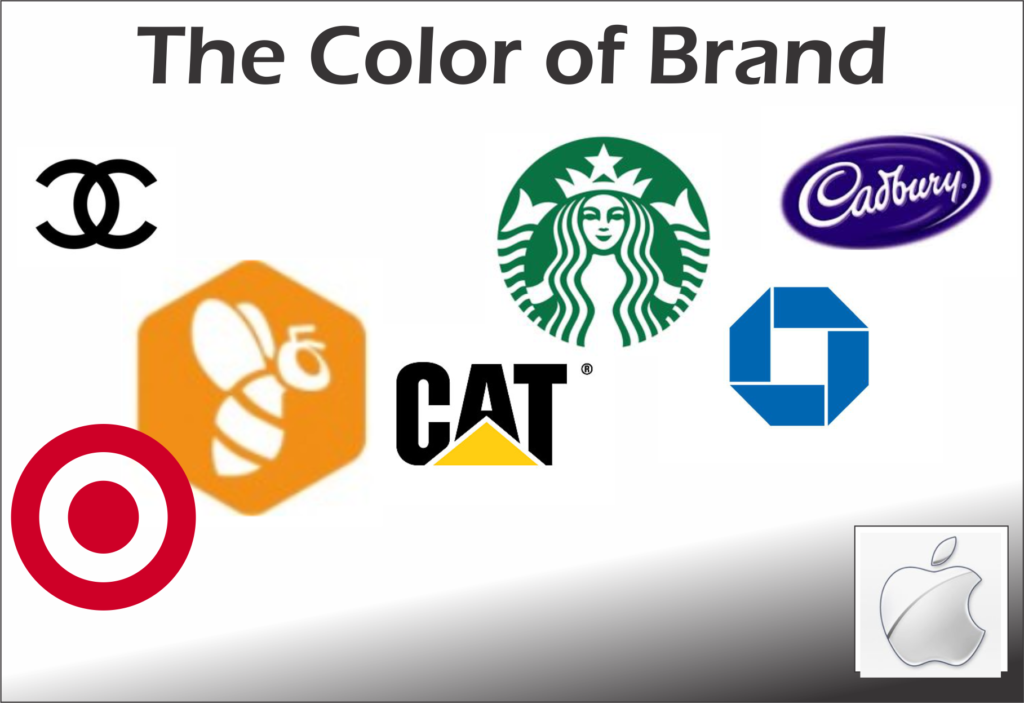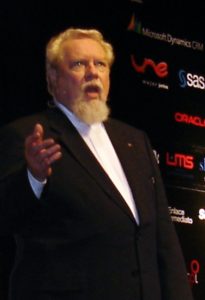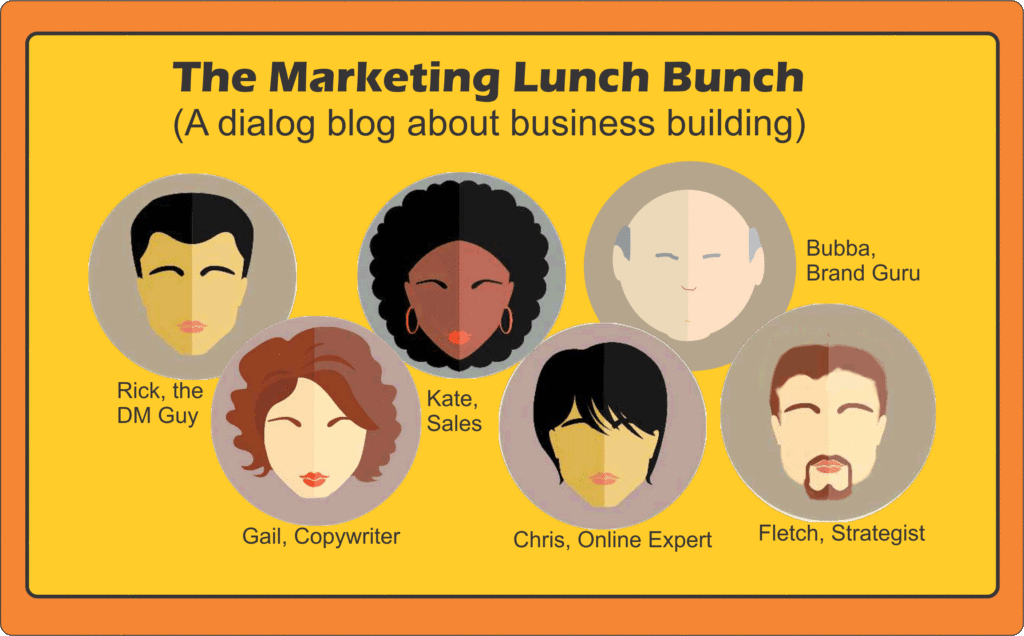 Feel like you are “behind the curve” on social media? Every professional I know is concerned that they may not be able to maintain their position, that their brand might slip.
Feel like you are “behind the curve” on social media? Every professional I know is concerned that they may not be able to maintain their position, that their brand might slip.
Each day there is more in printed media and on-line assuring us that we are quickly getting passed by if we’re not up on the latest changes. The dire warnings continue on and on.
Did you get used to the internet and go back to “business as usual”?
You got a website for our business even if you had to hire your nephew to do it. Things were pretty good for a while. You had an internet presence you could brag about. But then things started to change again.
We a pretty sure now that video and texting and smart phones is where it is at the moment but who knows what wondrous devices or “apps” are lurking in the technology woods? (Block Chain Technology is coming!)
We tackle this social media thing head on and wind up trying to find out what a “hash tag” is and why we should care. Regardless of what happens the press and the pundits will continue to tell us we have to keep up if we want to maintain our businesses. They will use arguments like, “If you don’t get savvy now…if you wait too long…the learning curve is getting steeper.” They could be right,,, if you buy into their viewpoint.
Social media applications are engineering answers to instinctive human urges to network including our fear of the unknown.
Every human being feels the need to connect with others. Some are shy about it. Some are forward. All feel the need to a greater or lesser degree. Yes we have concerns about “talking to a stranger.” The perpetrators of these arms-length attempts got it half right in my view. You can’t substitute quantity for quality. For me, Social Media looks like an awful lot of work without a lot of connection with real people.
Be a survivor. Step back from the social media onslaught.
Stop listening to the hullabaloo. Take a deep breath and look at reality. All professional businesses need a steady flow of work. Small businesses need an ongoing revenue stream. The successful ones do it by satisfying a slowly expanding group of customers with whom they have a personal relationship. Even large businesses need a stable base that they add to over time.
In other words, each successful business needs a personal network of satisfied customers, a core of clients or customers that trust you and your brand. They need to trust you at least enough to keep coming back to you for your product or service. A few of them, never more than a select few, will refer you. Their trust will be transferred to a new customer.
The core of trust is at the heart of building a business and a brand.
Initially, that core of trust is you. If you operate solo it will always be. With a partner or an ensemble or partners you all have to subscribe to the same central beliefs. In a larger organization each person needs to be driven by the same values.
You can’t fool customers for long. They see your brand from the outside in. They rely on how your decisions impact them to make judgments about you and your firm. If you are true to them, they will be true to you.
 Jerry Fletcher is a beBee ambassador, founder and Grand Poobah of www.BrandBrainTrust.com
Jerry Fletcher is a beBee ambassador, founder and Grand Poobah of www.BrandBrainTrust.com
His consulting practice, founded in 1990, is known for Trust-based Brand development, Positioning and business development on and off-line. He is also a sought-after International Speaker.
Consulting: www.JerryFletcher.com
Speaking: www.NetworkingNinja.com

















